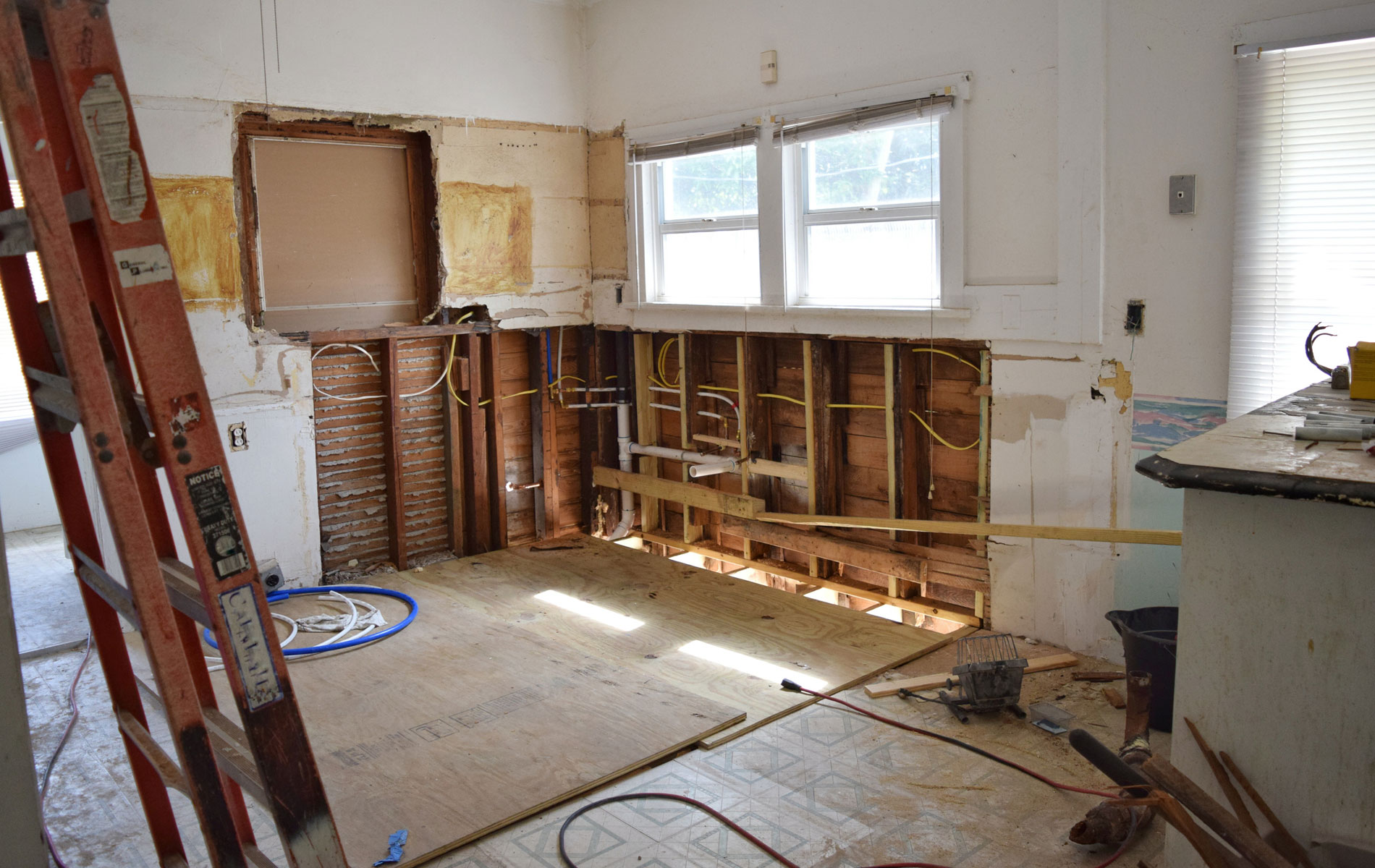
The term, “house flipping” is a catchy name for the process of buying a property at a low price and quickly putting it up for sale. Also known as buy-to-sell, the ultimate goal of this endeavor is to sell the property with much higher returns than the investment you placed on it.
Before you start home-flipping, take note of these tips to help you get started.
Find the ideal property
Start your journey by going through auctions and local community announcements of homes for sale in strategic areas like Noe Valley, St. Francis Wood, or Pacific Heights, in San Francisco. Ideal candidates for flipping are poorly maintained or neglected properties that you can restore to decent condition. These properties are usually modestly priced as they require some degree of repair and renovation. Before you go head-on into your first purchase, first, make sure to review your budget and to carefully analyze your bottom line.
If you have your eye on homes for sale in San Francisco, you have to anticipate the challenges that will come with finding homes to flip. First, you will be facing stiff competition from other bidders – most probably fellow home flippers themselves – who are just as interested in the same property as you.
As you go into a bidding war, make sure you have a complete arsenal on hand. Your best bet is to organize a team beforehand to help with the nuances of the process – finding, fixing, and selling the property.
Second, you may only be running into properties that are in great disrepair. With your team of experts behind you to help in the hunt using the tools of their trade, you’ll be flipping your first home in no time at all.
Figure out the financials
Financing a home flipping project requires a lot of research to find the most viable option for you. After all, a third of the work for this endeavor requires going through the standard process of purchasing real estate.
If you are concerned about the outflow of money for flipping a home, consider these two recommendations for financing:
- You can turn this project into a joint venture with trusted partners who are willing to pool in resources. This gets you flipping at the soonest time. Do remember, though, that after profits have been made, you will be splitting this with your partners.
- You can apply for a mortgage. One caveat: the standards for a mortgage on investment property can be more stringent. You’ll need a credit score of up to 620 or more. It’s also common for lenders to require a 20% down payment and six months’ worth of cash reserves.
Don’t underestimate the work that needs to be done
Taking on most of the refurbishing on your own can help to cut back on costs. However, being overly confident in your capabilities can set you up for disappointment later on, especially when you’re behind schedule and the property isn’t turning out how you initially envisioned. Thus, working with the pros is a better alternative.
Get a general contractor who can guide you throughout the entire process. This expert can give you proper estimates to ensure the budget isn’t compromised. And if there are any wiring or plumbing problems, don’t hesitate to bring in an electrician or plumber.
A seasoned real estate agent will help you flip successfully
These few tips are just scratching the surface. Let me, Amir Hardy, help you identify the right properties for the perfect home flip. Call me at 415.602.0570 or send an email to amir(dotted)hardy(at)compass(dotted)com.
